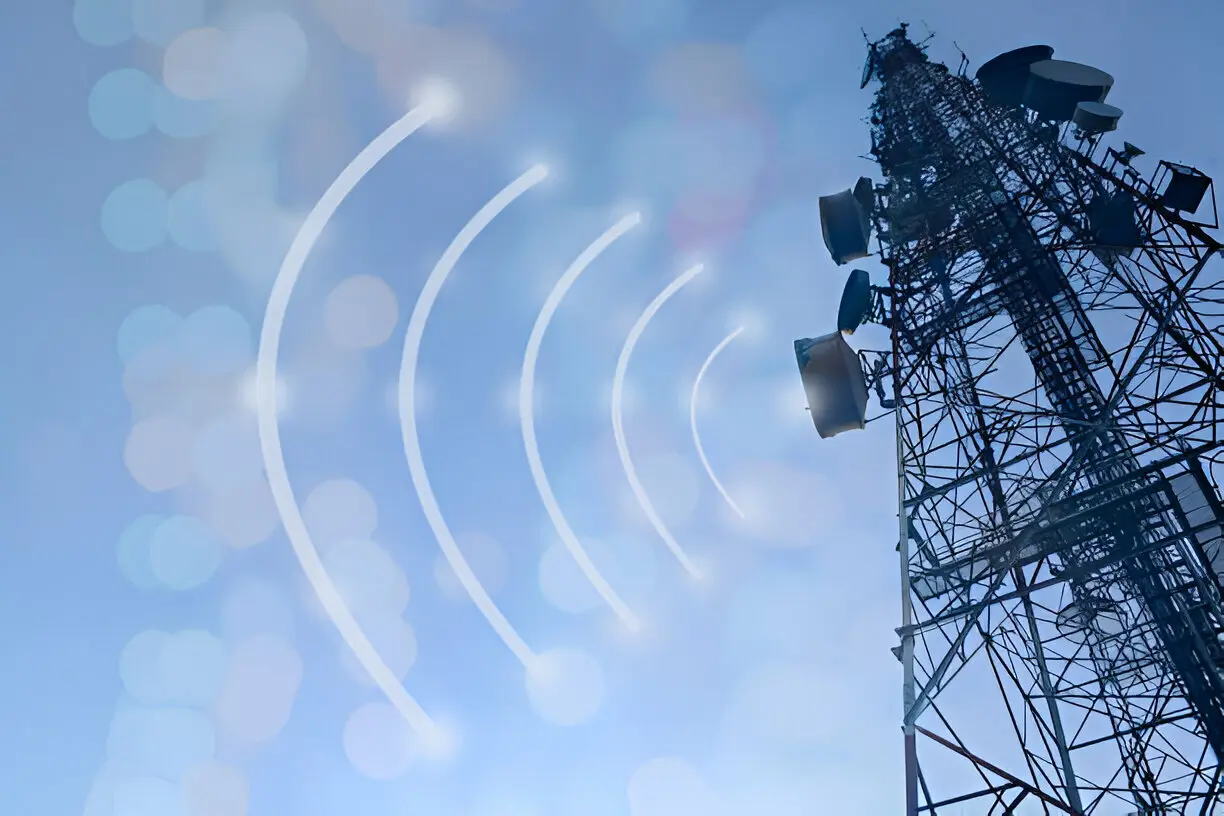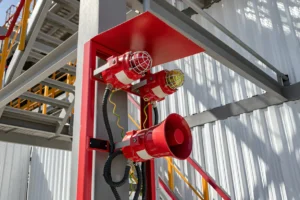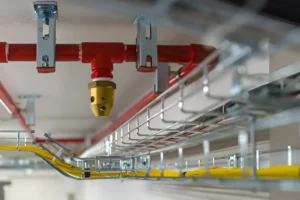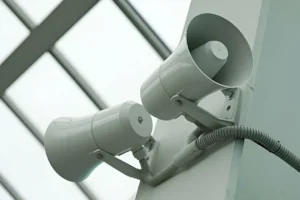When an emergency occurs—whether it’s a fire, gas leak, or security threat—communication is everything. But what happens when first responders or safety personnel can’t get a signal? In many complex buildings, high-rise structures, or industrial plants, radio signal dead zones can create dangerous delays in response and coordination.
This is where a Radio Coverage Study becomes essential.
At Firesect, we help clients identify and eliminate weak spots in their radio communication systems, ensuring seamless coverage throughout their facilities. In this article, we’ll explain what radio coverage studies are, why they matter, and how they enhance emergency readiness.
📡 What Is a Radio Coverage Study?
A radio coverage study is a technical assessment of how radio signals perform across a facility. Using specialized tools and software, engineers measure signal strength, interference, dead zones, and communication clarity in various areas of the building.
This study is particularly important for facilities that use:
- 🚒 Emergency responder communication systems
- 👷 In-house safety or maintenance radio networks
- 🏗️ Two-way radios in industrial operations
- 🛡️ Security radio systems in commercial buildings
🚨 Why Is Radio Coverage So Important?
1. Life-Saving Communication
In emergencies, reliable radio communication ensures that first responders, fire wardens, and security teams can coordinate evacuations and interventions without delay.
2. Eliminates Dead Zones
Many structures—especially those with basements, stairwells, utility rooms, or large concrete areas—block radio signals. A coverage study identifies these blind spots and helps develop solutions such as repeaters or distributed antenna systems (DAS).
3. Compliance with Safety Standards
In many jurisdictions, buildings must meet certain in-building radio coverage requirements for emergency responder systems to pass inspection and obtain occupancy certificates. Failing to comply can lead to costly delays and retrofits.
4. Supports Incident Management
Reliable communication allows real-time updates, status reports, and emergency instructions to be shared between teams—improving coordination and reducing confusion during crises.








